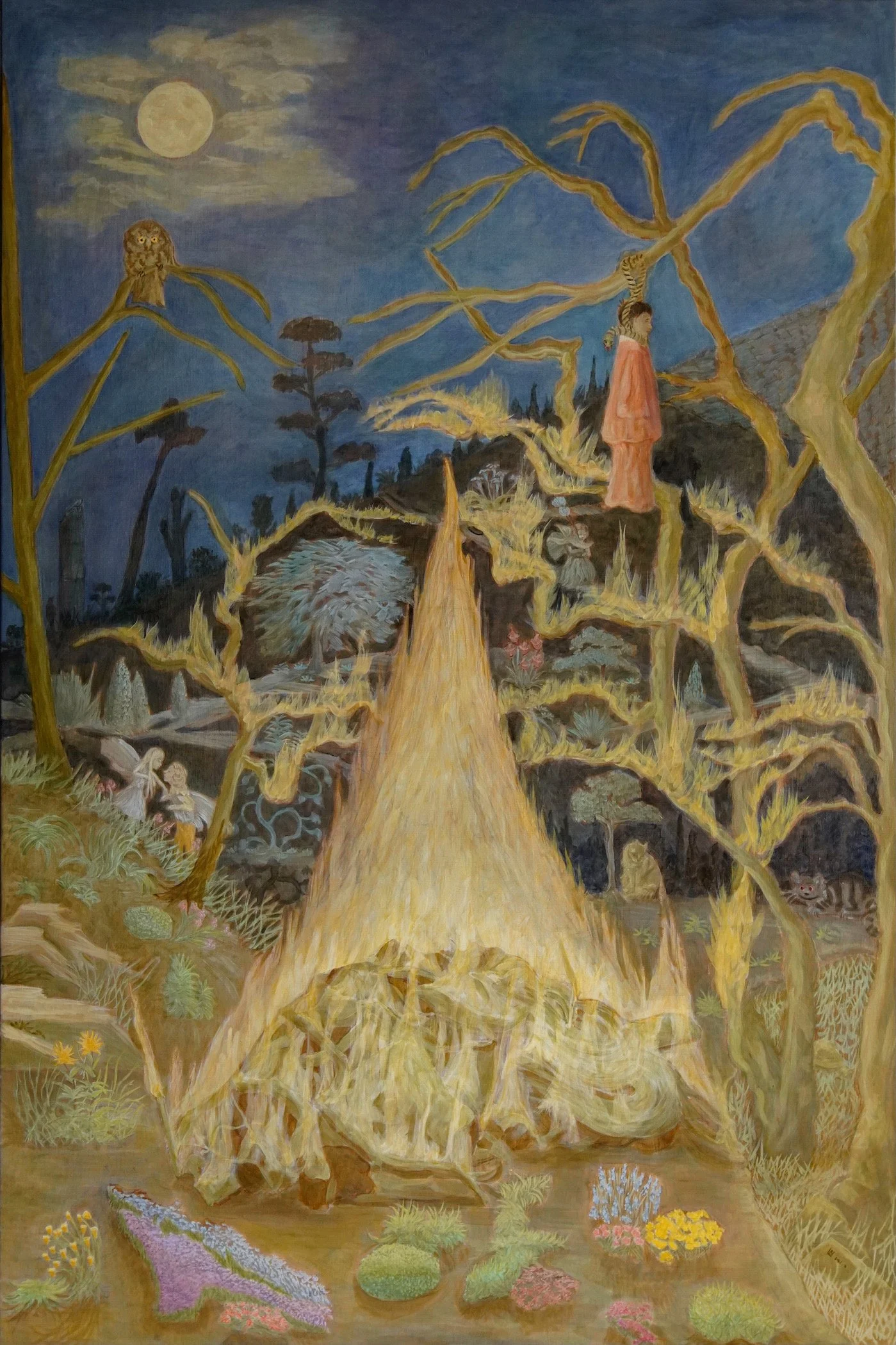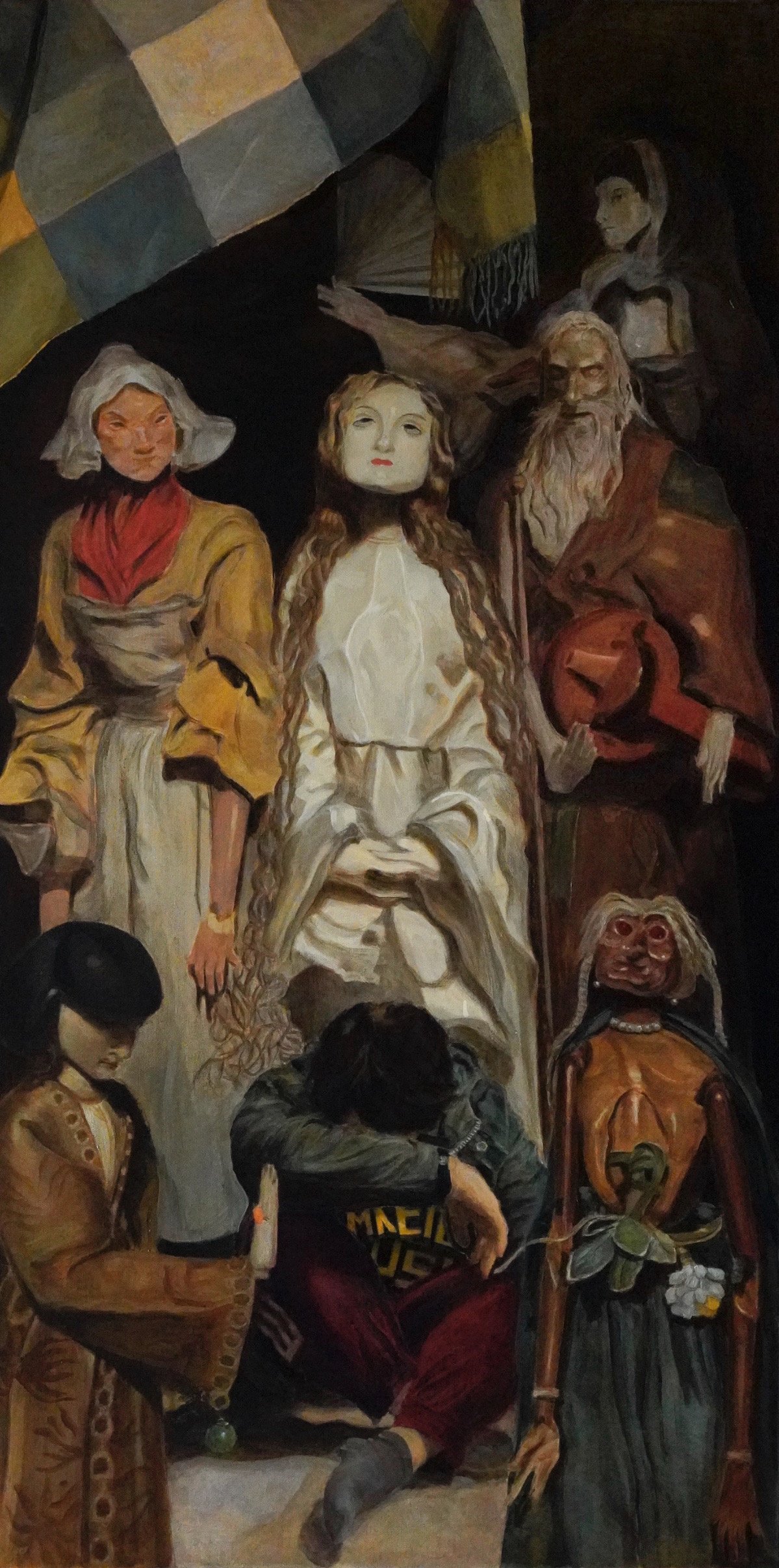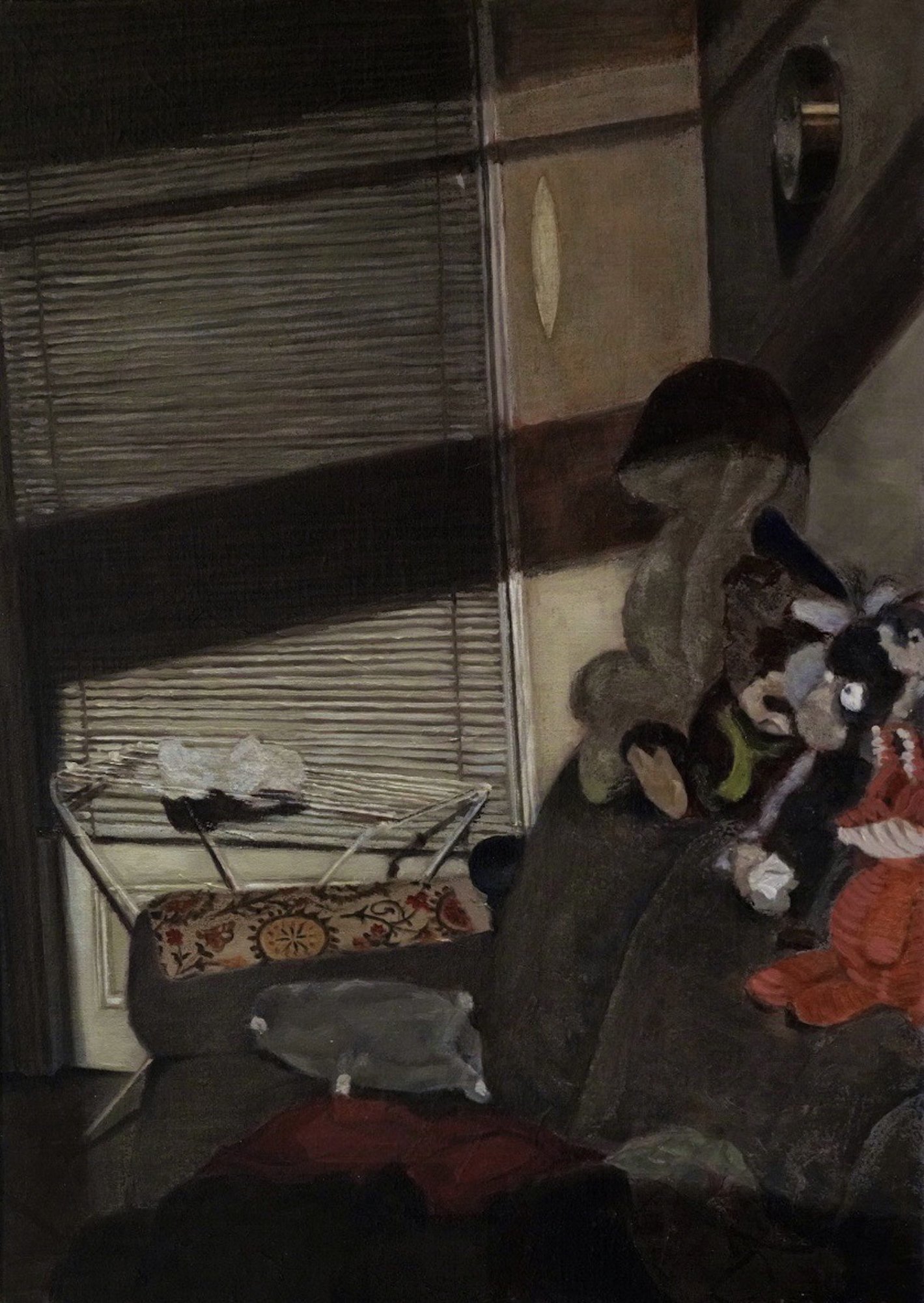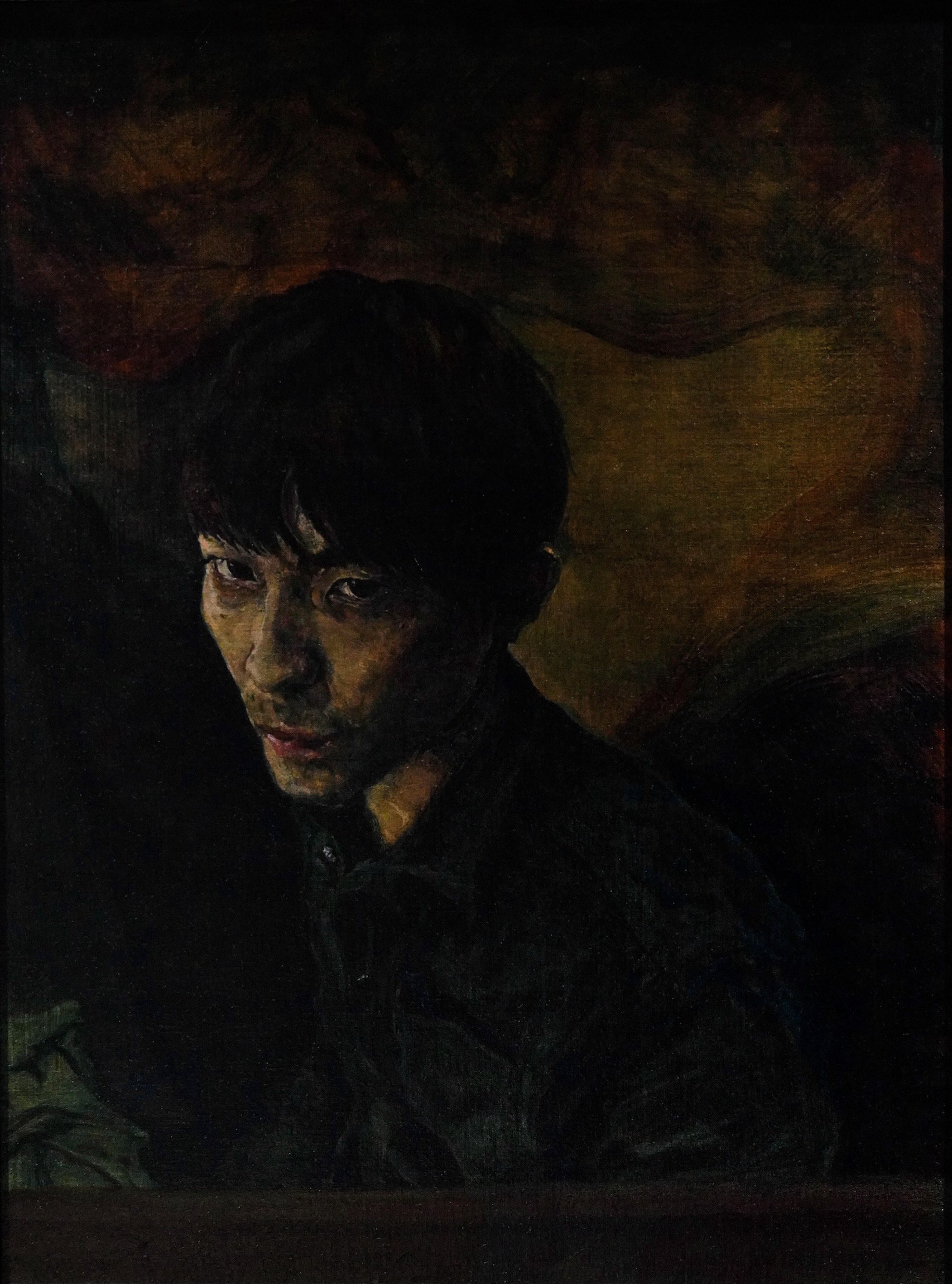Li Ning
Biography
Li Ning (b.1994) graduated from Royal College of Art major in painting, tutored by Emma Talbot. His works primarily focus on oil painting regarding subject matters of portrait, still life, historical and imaginary scene.
His works have been performed in exhibitions such as RCA WIP Show, RCA Painting Degree Show, Royal Society of Portrait Painters 2021 annual exhibition, and have been published in Aesthetica Magazine and Contemporary art curator magazine.
He believes that painting is the sincerest form of art, both materially and spiritually. The old masters – Titian and Caravaggio in particular – are a source of deep inspiration. A sensitive observation of the physical world combined with spiritual imagination gives the work a sense of idiosyncratic temperament.
Artist Statement
My works apply oil and graphite materials to represent figurative forms. The inspiration comes from both physical and imaginary contents. I observe subjects and depict them in my personal angle, meanwhile transmit my fantasy into figurative forms. In this context, I believe my works reflect chemical effects between figurative forms and fantasy to appear a special quality.
Deeply under the influence of old masters, for example Titian, Rembrandt and Goya, from both technical and spiritual fields, I realized that figurative paintings could carry religious, psychological, metaphysical meanings, and be allegories. These paintings contain another dimension of time and become abodes for spirits to live on. The divine quality of figurative paintings touches my heart deeply and echoes around my ears all the time, and directly influences my opinion about what painting is. Therefore, I believe every single painting requires painter to devote full enthusiasm and full diligence into it. “Malherbe, it is said, worked with prodigious slowness: yes, because he worked for immortality.” -- Ingres.
In my opinion, a painter should not only carefully look at the subject he depicts, but also look beyond it. Beyond it means, a painter ought to endow his subject with a temperament as to be the specific character in the space he creates and avoid being enslaved by it. The core is the balance between physical observation and spiritual imagination, as a painter should neither enslaved by his subject nor fall into total ignorance of his subject’s natural character. This requires a painter always be sincere with his subject, or he might fall into the danger of creating works full of false feelings.
A painting is always challenging a painter, pushing him to the extreme, and also leading the painter to have better self-consciousness about the true character of himself. Therefore, a painter’s relationship with his painting is familiar to that of an admirer with his lover. If I am allowed to change Russell’s remark a little here: “The muse of art is a cool lover. Only by enthusiastic hands holding the sword of calm, one could possibly touch her heart.”










